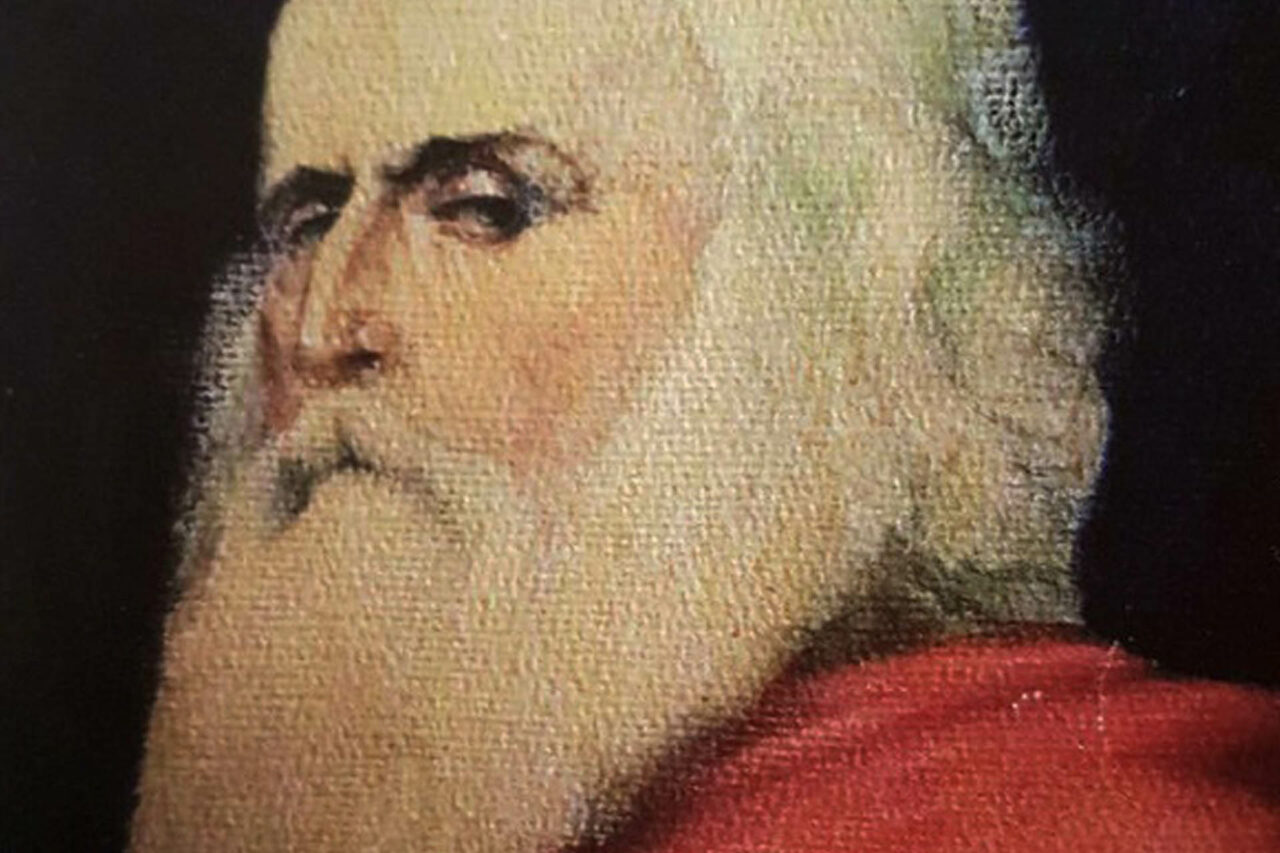Cart
11
Quantity
18,00 €
Quantity
16,00 €
Quantity
12,00 €
Quantity
6,00 €
Quantity
5,00 €
Quantity
18,90 €
Quantity
5,00 €
Quantity
22,00 €
Quantity
4,00 €
Quantity
4,00 €
Quantity
5,00 €
Product You May Also Like
Payment details
Sub Total
154,90 €
Shipping
Free!
Total
154,90 €
Apply

 Nula
Nula
 Sciana
Sciana
 Olio d'Oliva E.V. 250 cl
Olio d'Oliva E.V. 250 cl
 Olio d'Oliva E.V. 100 cl
Olio d'Oliva E.V. 100 cl
 Strong Haiku
Strong Haiku
 Amore DI Puglia Pillow
Amore DI Puglia Pillow
 Sagnette Pasta
Sagnette Pasta
 Olio d'Oliva E.V. 500 cl.
Olio d'Oliva E.V. 500 cl.
 Mustaccioli
Mustaccioli
 Classic Taste Taralli EVO
Classic Taste Taralli EVO
 Maccheroni Pasta
Maccheroni Pasta


















Leave a comment